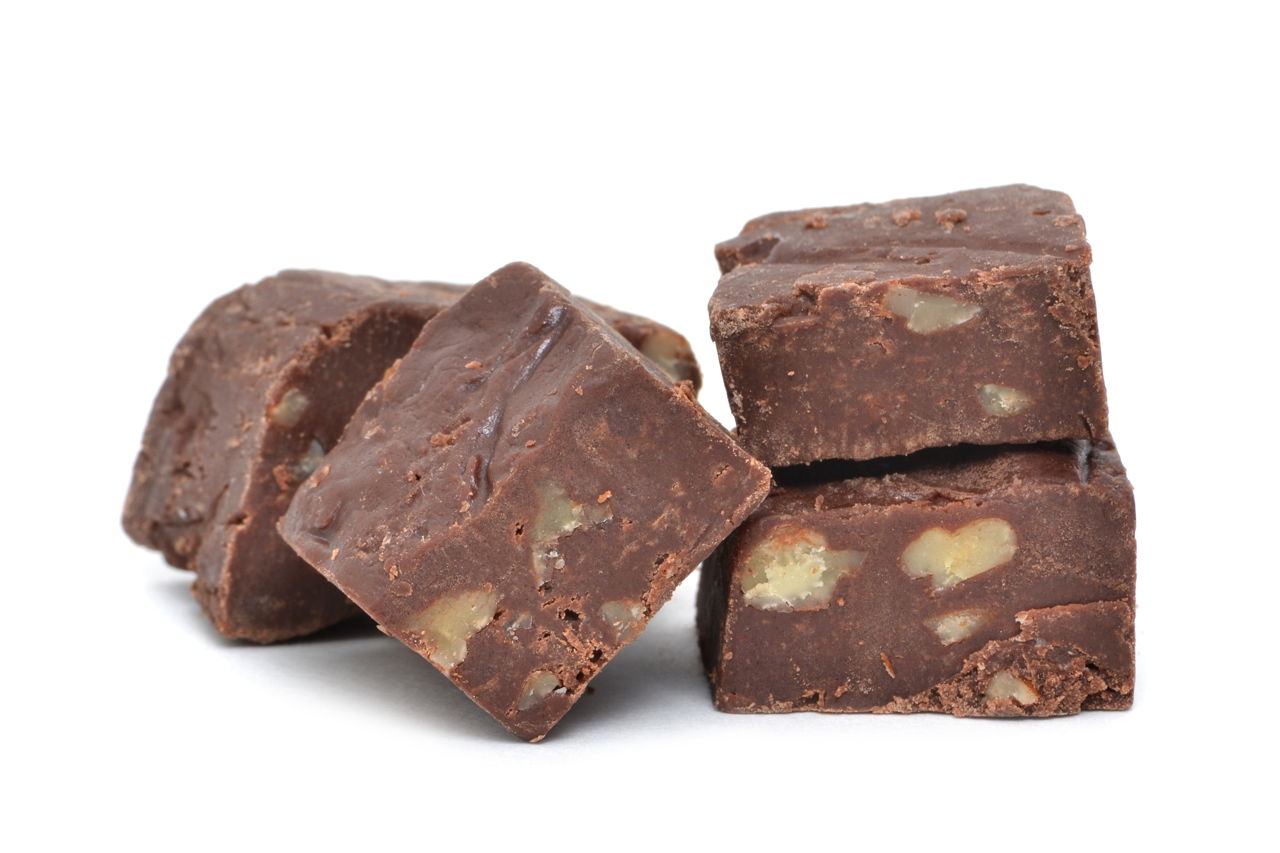
Chocolate poisoning in dogs is one of the most common household poisoning affecting our canine pets. The following article will cover some information related to it.
Chocolates, the scrumptious delicacies made from cocoa beans. Who does not love chocolates and the feelings of getting lost in the delicious aroma. However, this sweet fantasy is a toxic bite for our canine friends. Chocolate poisoning in dogs is a very serious dog health problem. Not many dog owners are aware of the lethal effects of chocolate on their dog’s health. Thus, chocolate poisoning is a very common dog health issue faced by owners as well as vets.
What is Chocolate Poisoning in Dogs
When you are enjoying your bar of chocolate, your pooch will sit near your feet with expressions begging for a bite. Do not let your heart melt like chocolate, and tell your pooch ‘No chocolate’ firmly. Yes, you may be breaking his heart, but you are saving his life. Once you give your dog a chocolate, he will keep wanting more and more. This is bad. It’s not just going to cost him his teeth like a 5-year-old addicted to chocolate. It will lead to serious complications due to chocolate poisoning.
Why is chocolate bad for dogs? Chocolates are made from cocoa beans, that contain a natural stimulant compound theobromine. This theobromine affects the urination, central nervous system and even the heart muscles. The amount of theobromine vary in different types of chocolates. It is this theobromine that is poisonous to dogs.
Dark chocolate poisoning is the most common, as it contains as much as 16mg of theobromine per gram of chocolate. The toxic dose for a dog of chocolate is about 100 – 200mg/kg. However, the toxic level can be even lower than 20mg/kg for dogs. Thus, dark chocolate poisoning is due to the 16.3g of theobromine eaten in one go by the dog. According to the Merck Veterinary Manual the approximate theobromine levels present in different types of chocolates are as follows:
- Dry cocoa powder – 800 mg/oz
- Cocoa bean mulch – 255 mg/oz
- Milk chocolate – 44-64 mg Theobromine per oz chocolate
- Unsweetened (Baker’s) chocolate – 450 mg/oz
- sweet dark chocolate and Semi-sweet chocolate – 150-160 mg/oz
- White chocolate contains an insignificant source of methylxanthines
Symptoms
After ingestion of chocolates, the symptoms can be as follows:
- The dog is excited, nervous or trembles abnormally
- Vomiting
- Diarrhea
- Excessive thirst
- Excessive urination due to high levels of theobromine
- Muscle spasms
- Dog seizures
- Increase body temperature
- Muscle rigidity
- Rapid breathing
- Increased heart rate
- Low blood pressure
- Extreme response to noise, light and even touch
- Heart failure, coma, death are extremely rare
Treatment
If you observe the symptoms of chocolate poisoning or dogs eating chocolates more than normal, you should immediately call the veterinarian. The toxicity of chocolate depends on the size of the dog, type of dog and the quantity of chocolate eaten. There is no specific antidote available for treating chocolate poisoning in dogs. The veterinarian may use some supportive therapies to reduce the amount of theobromine in the body and treating chocolate poisoning.
He may give the dog IV fluids to prevent dehydration due to vomiting and diarrhea, excessive urination and to flush out the theobromine. Emetics may be given to induce vomiting and within 4 hours of ingestion of chocolates. If the ingestion period is more than 4 hours and the dog continues to show signs of toxicity, then the doctor may use activated charcoal. Seizures in dogs are treated with anti-seizures medications. Those with irregular or excessive heartbeat will be given cardiac medications.
Humans can break down theobromine effectively, but a canine’s body cannot. If you love your dog, do not give him chocolates. I know, I know, its hard to resist those begging eyes. But, you need to be stone-hearted when it comes to dog care and avoiding feeding the dog chocolates. Make sure you instruct the kids never to share their chocolates with the dog. Chocolates can be a sinful pleasure for humans, but for a dog it can lead to a painful bite.
